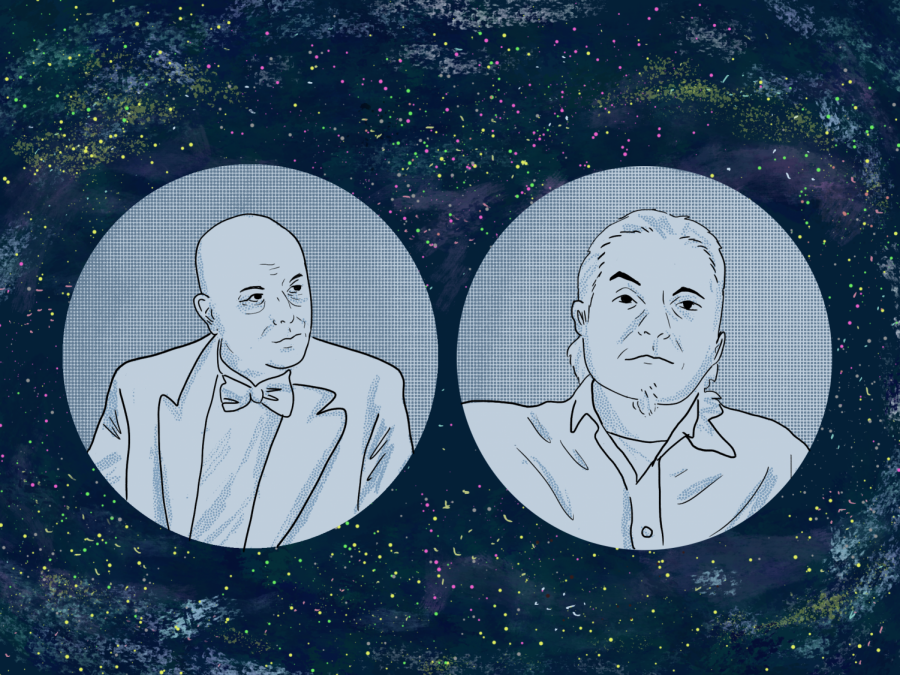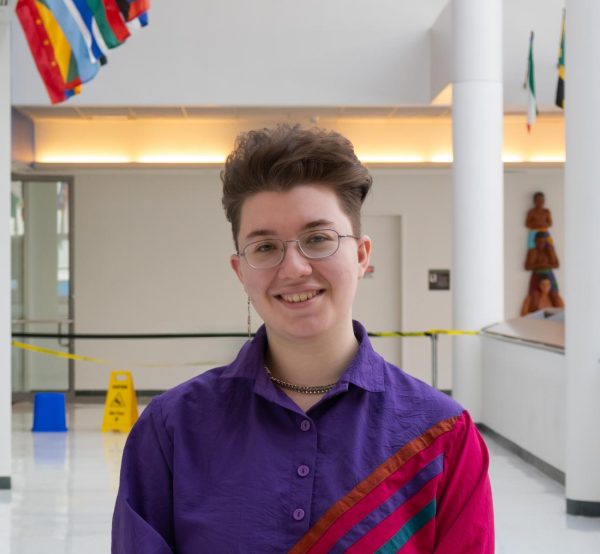Two Baruch professors receive $400k to study Big Bang
October 29, 2021
Baruch College professors Jamal Jalilian-Marian and Adrian Dumitru were awarded a $400,000 grant by the U. S. Department of Energy for two years to study what happened microseconds after the Big Bang.
Both are physics professors in the Weissman School of Arts and Sciences. Jalilian-Marian and Dumitru conduct research in theoretical physics, which involves doing theoretical work to give relevance to experimental results.
Their theoretical work on the outcome of the collisions, distribution of produced particle and their angular correlations can help with understanding the stages that the universe went through after the Big Bang.
This is not the first time Jalilian-Marian and Dumitru received such a grant. Their research is relevant to the mission of the Department of Energy.
They have not started the construction yet; the approval process is a multi-stage ongoing process. DOE has approved the first two stages with several stages to be considered later.
As a result, it supports the research interests of Jalilian-Marian and Dumitru in the field of high-energy heavy-ion collisions.
So far, the two received a total of $1.75 million from the Department of Energy.
The grant is under the working title of “High-Energy Quantum Chromodynamics in Heavy-Ion Collisions.” It aims to understand conditions that existed in the early universe.
Jalilian-Marian discussed the “huge experiment” in an interview with The Ticker.
“So, experiment is, of course, a huge experiment when they collide two nuclei, for example, one gold nucleus against another, that’s one experiment and another one is to collide one gold nucleus against the proton,” he said. “What you can calculate is the probability for producing certain particles in given kinematics in terms of its energy and momentum. That’s one thing you can do to calculate how probable, it is that the particle called pion will come out of this experiment in a given momentum and energy range.
He explained another concept called “less inclusive” that can be calculated.
“We can calculate what’s the probability for this particle pion to be produced with a given momentum and energy, and at the same time, to have another particle with some other momentum and energy, and these are correlated,” he said. “They were producing this in the same process, and we study the angular correlations among the produced particles and make predictions for all these things.”
This is not the first time these professors work together in this field.
Jalilian-Marian and Dumitru have known each other since they were post-docs in Brookhaven National Lab and shared a common interest in high-energy heavy-ion collisions.
They have both developed theories and models to analyze experimental data with particle accelerators that include the Large Hadron Collider at CERN Switzerland and the Realistic Heavy Ion Collider at Brookhaven National Lab in the United States.
The particle accelerators recreate the conditions that must have existed as the Universe expanded and cooled.
Jalilian-Marian’s interest in the field began after asking questions about how nature works, such as, “Where do we come from? What caused all of this?”
He said he realized that to answer these questions he had to look at what happened after the Big Bang.
“You’re always excited, of course, you may be a bit anxious,” he said. “The good thing is that the theory behind all these collisions established it’s a fundamental theory of nature, strong interactions described by quantum dynamics — there’s no doubt about that. The only question is, do you know how to use that theory? That’s the problem because it is an extremely complicated theory and that’s why you need to make assumptions and approximations. So when you make a prediction and you turn out to be right it is extremely exciting.”
A new facility, called the Electron-Ion Collider at Brookhaven National Lab, is being approved. A lot of theory support will be needed to work on these projects.
“I think the biggest opportunity is this new collider that’s been proposed and the first couple of stages that are approved,” Jalilian-Marian said. “The proposed collider will collide an electron, a simple object, rather than a proton on a nucleus. Electron is an elementary particle, there’s nothing inside the electron. One side of the collision is a nucleus, very complicated, the other side of the collision is the electron, very simple.”
Jalilian-Marian seeks to gain more precision by calculating smaller terms or higher-order corrections and generalizing the existing formalisms of calculations. This will be more powerful and allow him to calculate things in larger kinematics.
It will be applicable to the new Electron-Ion Collider and allow him to study a bigger range of kinematics.
Construction of the new collider is expected to begin in 2024. The facility will begin operation in the next decade, according to Brookhaven National Laboratory.
“At the moment, I think we have to really sit down and try to calculate things, calculating things more precisely, so we can make the predictions,” Jalilian-Marian said. “We also need to come up with new formalisms, which can address collisions at all sorts of energies. That is our challenge, and you have to do it before the collider goes online and produces data, because it’s much more exciting if you can make predictions, rather than post dictions.”









